
The tutorial would cover up the process that how to download and use materials from the online material database folder using the SkIndigo exporter for Sketchup.
The Indigo Material Database can be spotted at www.indigorenderer.com/materials
Two ways are existed to use materials from the online database in SketchUp/SkIndigo: loading straightway into SketchUp, and outwardly linking to downloaded materials. We'll cover both options in series, starting with the simpler direct introduce method.
Importing directly into SketchUp:-
1. Creation of a new Sketchup material: Now let's start by opening SketchUp and making a simple thing to apply the material to (in this case a cube). We'll also want to make a new SketchUp material (via Window menu -> Materials -> Create Material) to hold our Indigo material, and apply it to the newly shaped cube.
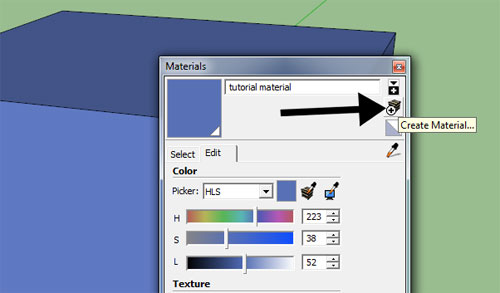
Image Courtesy: indigorenderer.com
2. Opening the SkIndigo online material browser: Having shaped an easy object and applied a new material to it, from the "Plugins" menu, under the "SkIndigo" sub-menu, select "Material Editor":-
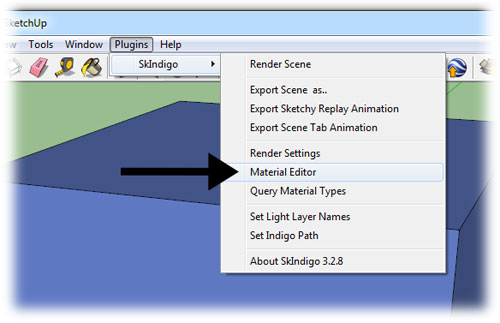
Image Courtesy: indigorenderer.com
This opens the SkIndigo material editor window. At the top of the material editor window is a "Search" button, click this to open the material database folder window in SkIndigo:
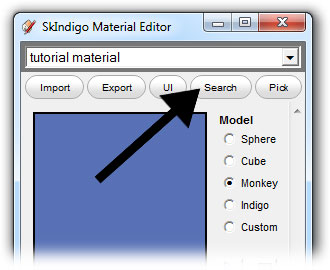
Image Courtesy: indigorenderer.com
3. Downloading and applying a material: The material database folder browser window will open unlock, permitting you to search for materials by keywords or name. By default the most lately materials presented will appear at the top:
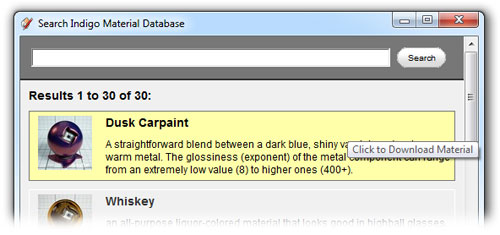
Image Courtesy: indigorenderer.com
If we favor a material and double click it, SkIndigo will ask if you'd like to load it into the present selected material; click "Yes", or else it will want to save the downloaded material to disk.
The downloaded material should now be loaded into the SketchUp material and applied to your object, ready for rendering with Indigo:
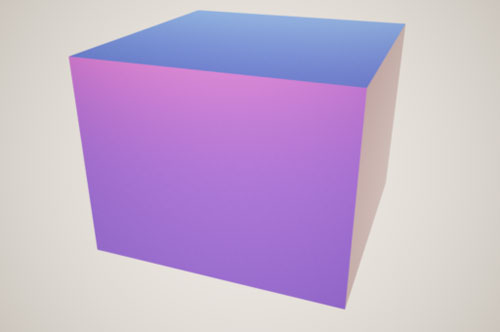
Image Courtesy: indigorenderer.com
Alternative method: Linked IGM
It is however possible, that the material cannot be presented correctly within SketchUp, since it is not a physically-based renderer. Here, SketchUp will present a warning dialog suggestive of it be used as a "linked" material:
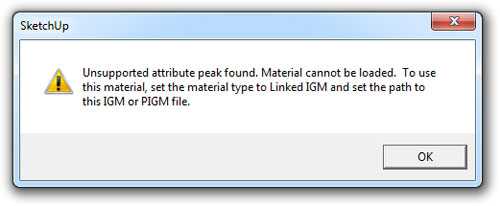
Image Courtesy: indigorenderer.com
Linking a downloaded material: To do this, we select the material in the SkIndigo material editor, and set its Material Type to "Linked IGM":
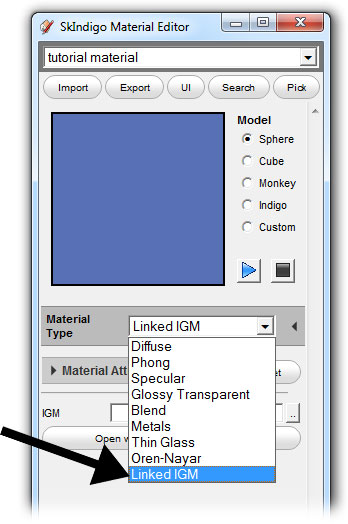
Image Courtesy: indigorenderer.com
Click the "...” button next to the "IGM" field, and select a downloaded IGM or PIGM file. This will link the downloaded material to the SketchUp material so that when Indigo renders the scene, it will use the linked material.
Since the material cannot be represented properly in SketchUp, SkIndigo will prompt you for a texture to use for the material in the SketchUp viewport.
This is so you can effortlessly recognize the linked material, however it is optional:
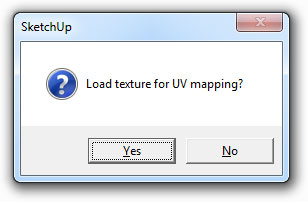
Image Courtesy: indigorenderer.com
Reference:- www.indigorenderer.com
- Cover Story
-
 SketchUp Can Help You Win Interior..
SketchUp Can Help You Win Interior.. -
 Best Laptops for SketchUp
Best Laptops for SketchUp -
 How to Resize Textures and Materials..
How to Resize Textures and Materials.. -
 Discovering SketchUp 2020
Discovering SketchUp 2020 -
 Line Rendering with SketchUp and VRay
Line Rendering with SketchUp and VRay -
 Pushing The Boundary with architectural
Pushing The Boundary with architectural -
 Trimble Visiting Professionals Program
Trimble Visiting Professionals Program -
 Diagonal Tile Planning in SketchUp
Diagonal Tile Planning in SketchUp -
 Highlights of some amazing 3D Printed
Highlights of some amazing 3D Printed -
 Review of a new SketchUp Guide
Review of a new SketchUp Guide
- Sketchup Resources
-
 SKP for iphone/ipad
SKP for iphone/ipad -
 SKP for terrain modeling
SKP for terrain modeling -
 Pool Water In Vray Sketchup
Pool Water In Vray Sketchup -
 Rendering Optimization In Vray Sketchup
Rendering Optimization In Vray Sketchup -
 Background Modification In sketchup
Background Modification In sketchup -
 Grass Making with sketchup fur plugin
Grass Making with sketchup fur plugin -
 Landscape designing in Sketchup
Landscape designing in Sketchup -
 Apply styles with sketchup
Apply styles with sketchup -
 Bedroom Making with sketchup
Bedroom Making with sketchup -
 Review of Rendering Software
Review of Rendering Software -
 Enhancing rendering for 3d modeling
Enhancing rendering for 3d modeling -
 The combination of sketchup
The combination of sketchup -
 Exterior Night Scene rendering with vray
Exterior Night Scene rendering with vray






